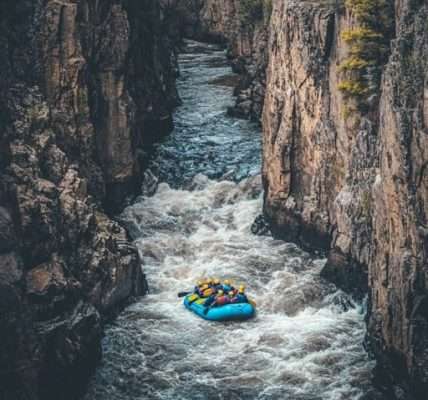Venturing into the wilderness doesn’t mean sacrificing delicious meals․ In fact, with the right hiking cooking gear, you can transform your backpacking trips into gourmet experiences․ From lightweight stoves to ingenious cookware, the world of outdoor cooking has evolved dramatically, offering a diverse range of options for every type of hiker and culinary preference․ Choosing the appropriate hiking cooking gear is crucial for both safety and enjoyment, allowing you to efficiently prepare nutritious and satisfying meals while minimizing weight and bulk in your pack․
Essential Hiking Cooking Gear Components
Building your ideal hiking kitchen involves carefully selecting several key components․ Consider factors such as weight, fuel type, cooking style, and group size when making your choices․ Here are some must-have items:
- Stove: The heart of your cooking setup, choose between canister stoves, liquid fuel stoves, alcohol stoves, or even wood-burning stoves depending on your needs and the environment․
- Cookware: Lightweight pots, pans, and utensils are essential for preparing your meals․ Titanium and aluminum are popular choices due to their durability and low weight․
- Fuel: Ensure you have enough fuel for your trip, whether it’s a canister of propane, white gas, or denatured alcohol․ Always carry extra!
- Eating Utensils: A lightweight spoon, fork, and knife (or a spork!) are necessary for enjoying your culinary creations․
- Water Filter/Purifier: Access to clean water is paramount․ Choose a filter or purifier that suits your needs and the water sources you expect to encounter․
- Food Storage: Protect your food from animals and the elements with bear-resistant canisters or bags․
Choosing the Right Stove for Your Needs
The stove is perhaps the most important piece of your hiking cooking gear․ Several options exist, each with its own advantages and disadvantages:
Canister Stoves
- Pros: Lightweight, easy to use, and offer good simmer control․
- Cons: Canisters can be bulky and difficult to dispose of properly․ Performance can be affected by cold temperatures․
Liquid Fuel Stoves
- Pros: Reliable in cold weather, fuel is readily available worldwide․
- Cons: Heavier than canister stoves, require more maintenance․
Alcohol Stoves
- Pros: Lightweight, simple design, fuel is inexpensive and readily available․
- Cons: Slower cooking times, less efficient in windy conditions․
Wood-Burning Stoves
- Pros: Environmentally friendly, no need to carry fuel․
- Cons: Can be difficult to light in wet conditions, may be prohibited in some areas due to fire risk․
Comparative Table: Hiking Stove Options
| Stove Type | Weight | Fuel Type | Ease of Use | Cold Weather Performance |
|---|---|---|---|---|
| Canister | Light | Propane/Butane | High | Moderate |
| Liquid Fuel | Moderate | White Gas/Kerosene | Moderate | High |
| Alcohol | Very Light | Denatured Alcohol | High | Low |
| Wood Burning | Moderate | Wood | Moderate | Moderate |
Ultimately, the selection of hiking cooking gear depends on your individual needs and preferences․ Consider the length of your trips, the types of meals you plan to prepare, and the environmental conditions you expect to encounter․ By carefully evaluating these factors, you can create a lightweight and efficient cooking system that will enhance your backpacking adventures․

